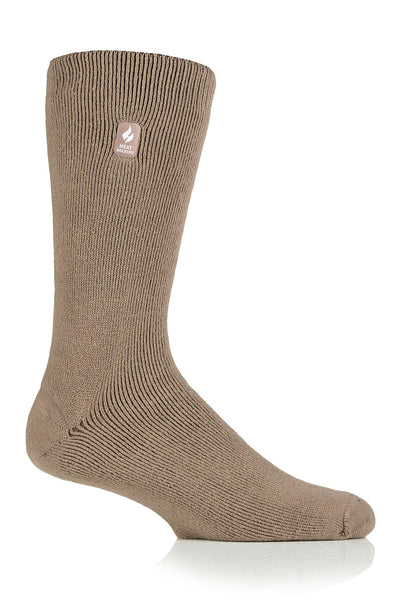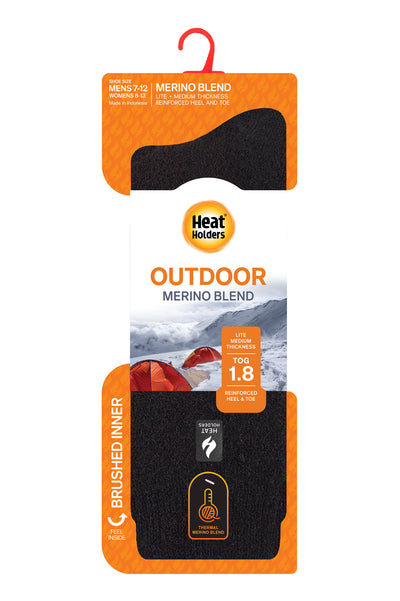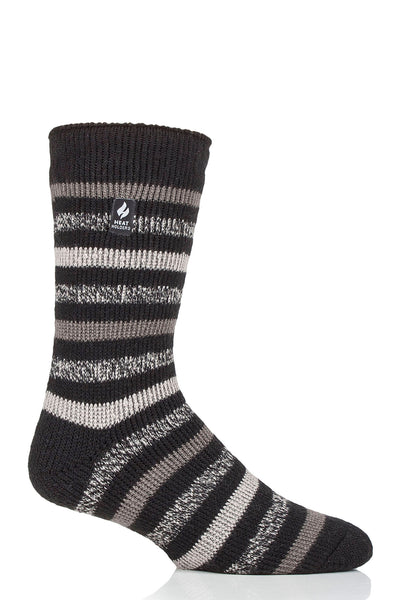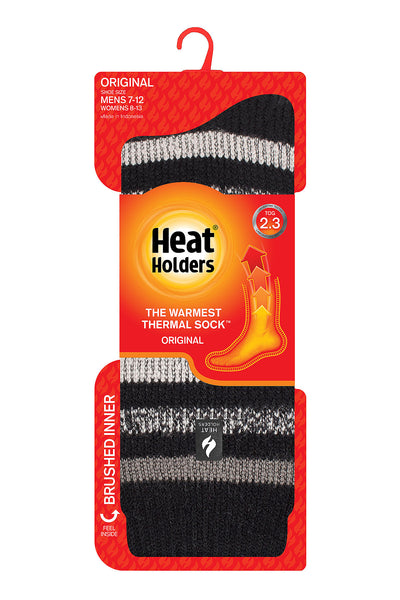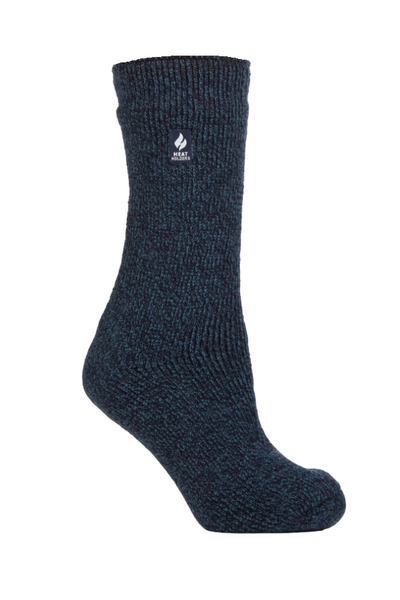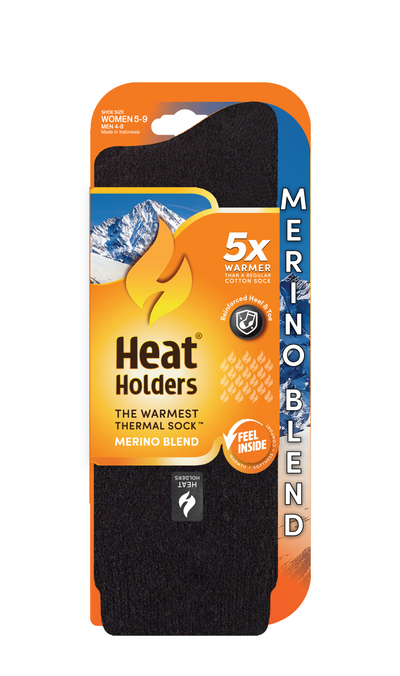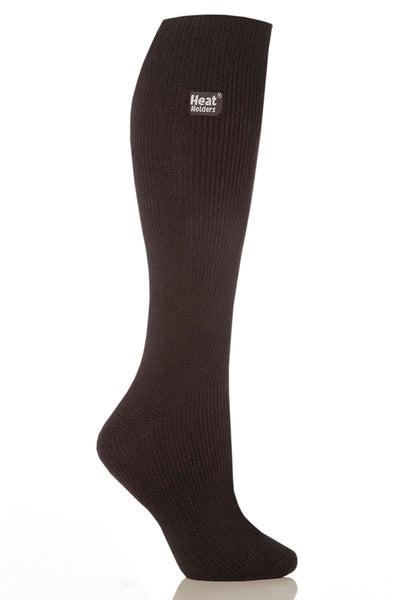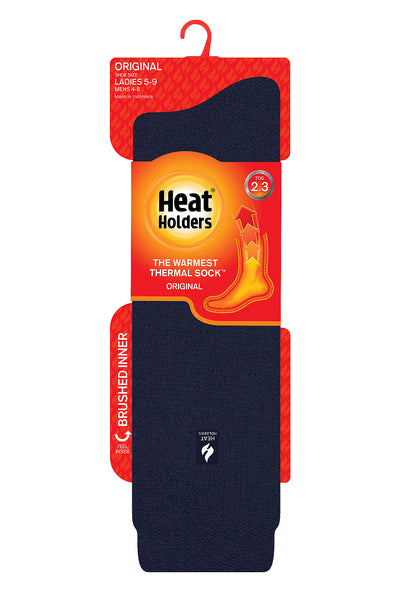When it comes to keeping your feet warm during the cold winter months, choosing the right materials for your socks is essential. The type of yarns used can have a significant impact on the comfort, warmth, and durability of your socks. In this article, we will explore the importance of fabric choice for winter socks and take a closer look at the top two fabrics that are guaranteed to keep your feet cozy and warm all winter long.
Understanding the Importance of Choosing the Right Fabric for Winter Socks
Ensuring that your feet stay warm in winter is not only a matter of comfort but also plays a crucial role in maintaining overall body temperature. By choosing the right materials for your socks, you can help regulate your body heat and keep it where it belongs - inside your feet, where it's needed most.
The Role of Yarns in Temperature Regulation
The materials and insulation system used in your winter socks can directly influence how well they retain heat and how effectively they wick away moisture. Natural fibers like merino wool are excellent at retaining heat and keeping your feet warm, while materials like advanced thermal yarns provide additional insulation to ensure maximum warmth.
Wool, in particular, is a popular choice for winter socks due to its unique properties. It has a natural crimp, which creates tiny air pockets that trap heat and provide insulation. These air pockets also allow moisture to evaporate, keeping your feet dry and preventing the build-up of sweat, which can lead to discomfort and odor.
How Fabric Choice Affects Comfort and Durability
Aside from maintaining temperature, the materials used in your socks also affects comfort and durability. The right yarns will feel soft against your skin, provide sufficient cushioning, and prevent blisters and discomfort caused by friction. Additionally, choosing durable fabrics will ensure that your socks can withstand the rigors of frequent use and washing.
For those seeking durability, synthetic fibers like nylon and polyester are often incorporated into winter socks. These materials are known for their strength and resistance to wear and tear. They also provide added elasticity, ensuring that your socks maintain their shape and fit snugly on your feet even after multiple washes.
Some winter socks feature a blend of different fabrics to combine the benefits of each material. For example, a blend of merino wool and nylon can offer the warmth and moisture-wicking properties of wool, along with the durability and stretchiness of nylon.
A Close Look at the Top 2 Fabrics for Winter Socks
When it comes to keeping your feet warm and cozy during the winter months, choosing the right fabric for your socks is essential. With so many options available, it can be overwhelming to decide which one is best for you. In this article, we will take a closer look at the top 2 fabric blends for winter socks, exploring their unique properties and benefits.
Wool: Nature's Insulator
Wool is perhaps the most traditional and well-known fabric for winter socks. Its excellent insulation properties make it a favorite among outdoor enthusiasts and cold-weather adventurers. The natural fibers of wool have the remarkable ability to retain heat, even when wet, keeping your feet warm even in the coldest conditions. Additionally, wool provides breathability, moisture-wicking capabilities, and natural odor resistance, ensuring that your feet stay dry and comfortable throughout the day.
Thermal: The High-Tech Heat Retainer
Heat Holders® thermal socks are designed with advanced thermal yarns that are intensively brushed to provide a super soft inner with superior heat retention. These socks are usually made from a blend of synthetic materials like acrylic, nylon, and elastane. Thermal socks utilize special fibers that trap body heat, keeping your feet warm without unnecessary bulk. They are also known for their moisture-wicking properties, ensuring dryness and comfort even during intense physical activities. Whether you're skiing down the slopes or taking a winter hike, thermal socks will keep your feet toasty and dry.
The Pros and Cons of Each Fabric
Weighing the Benefits and Drawbacks of Wool

Wool has many benefits, including excellent insulation, moisture-wicking properties, and natural odor resistance. It is a versatile fabric that can be used for various winter garments, including socks. The insulation provided by wool helps to keep your feet warm even in extremely cold temperatures.
Additionally, wool can absorb moisture, keeping your feet dry and comfortable throughout the day. Its natural odor-resistance properties make it an ideal choice for those who are concerned about foot odor.
However, it is important to note that wool may not be suitable for those with wool allergies. Some individuals may experience itching or irritation when wearing wool socks. Furthermore, wool requires special care to maintain its shape and softness. It is recommended to hand wash wool socks with a gentle detergent and lay them flat to dry to prevent shrinkage or stretching.
Considering the Advantages and Disadvantages of Thermal
Thermal socks are designed to provide superior heat retention, moisture-wicking capabilities, and an extra soft feel. These socks are often made with high-tech materials that offer enhanced insulation, ensuring your feet stay warm even in freezing temperatures. Thermal socks are also known for their moisture-wicking properties, which help to keep your feet dry and prevent discomfort caused by sweat.
Keep in mind that thermal socks can be slightly bulkier compared to other fabric options. This may affect the fit of your shoes or boots, especially if they are already snug. Heat Holders® offers three levels of warmth (three thicknesses) to keep your feet warm and comfortable in most shoes and boots.
Conclusion
Choosing the right materials for your winter socks is essential for keeping your feet cozy and warm. Whether you prefer the traditional insulation of wool or the high-tech performance of thermal, there is a fabric that will suit your needs. Consider the pros and cons of each material and choose the one that best fits your preferences and winter activities. With the right fabric choice, you can ensure comfortable and warm feet all winter long.




